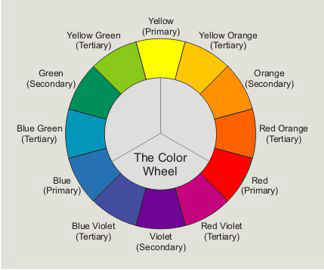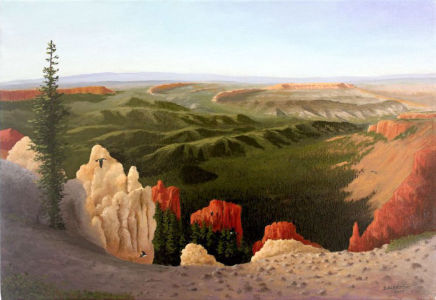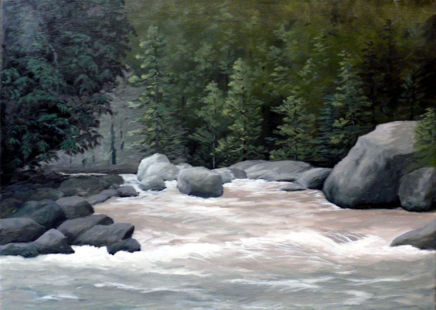It is helpful to look at the color wheel when learning about color. The three basic colors, or Primary colors, are yellow, red, and blue. In theory, all other colors can be made by mixing these three. Mixing Yellow and Red produces Orange: mixing Red and Blue produces Violet: and mixing Blue and Yellow produces Green. Orange, Violet, and Green, are secondary Colors. Mixing Primary colors, with adjacent Secondary colors produces the Tertiary colors. Colors that are opposite each other on the color wheel are called Complementary Colors because they look good together or complement each other. Each Primary color has a compement that is made from the other two Primary colors.



